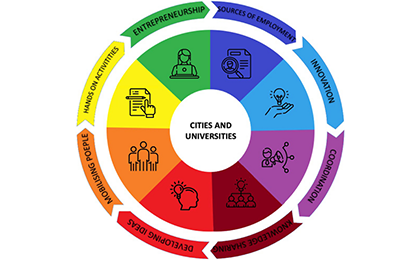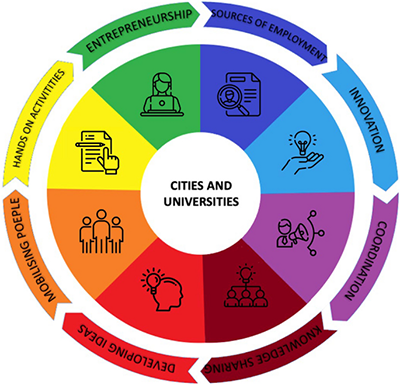


Symbiotic city refers to an integrated urban system in which various components-such as transportation, buildings, energy and waste management, and wastewater treatment-are interconnected and function as a cohesive whole. Each element operates within a positive feedback loop, where scientific methods are used to uncover and leverage the synergies among urban subsystems, ultimately achieving comprehensive benefits for the city, environment, and resources. On the spatial level, symbiotic city advocates for the integration of ecological systems into urban structures, deeply embedding elements such as green infrastructure, hydrological networks, and biodiversity conservation areas into the urban fabric to form a spatial pattern of coexistence between nature and the city. On the social level, it emphasizes inclusiveness and sharing, enhancing urban resilience and social cohesion through mechanisms like community co-governance, energy co-supply, and resource-sharing frameworks.

Source: https://www.nature.com/articles/s41598-022-15717-2
Edited and translated by Ma Chenshuo